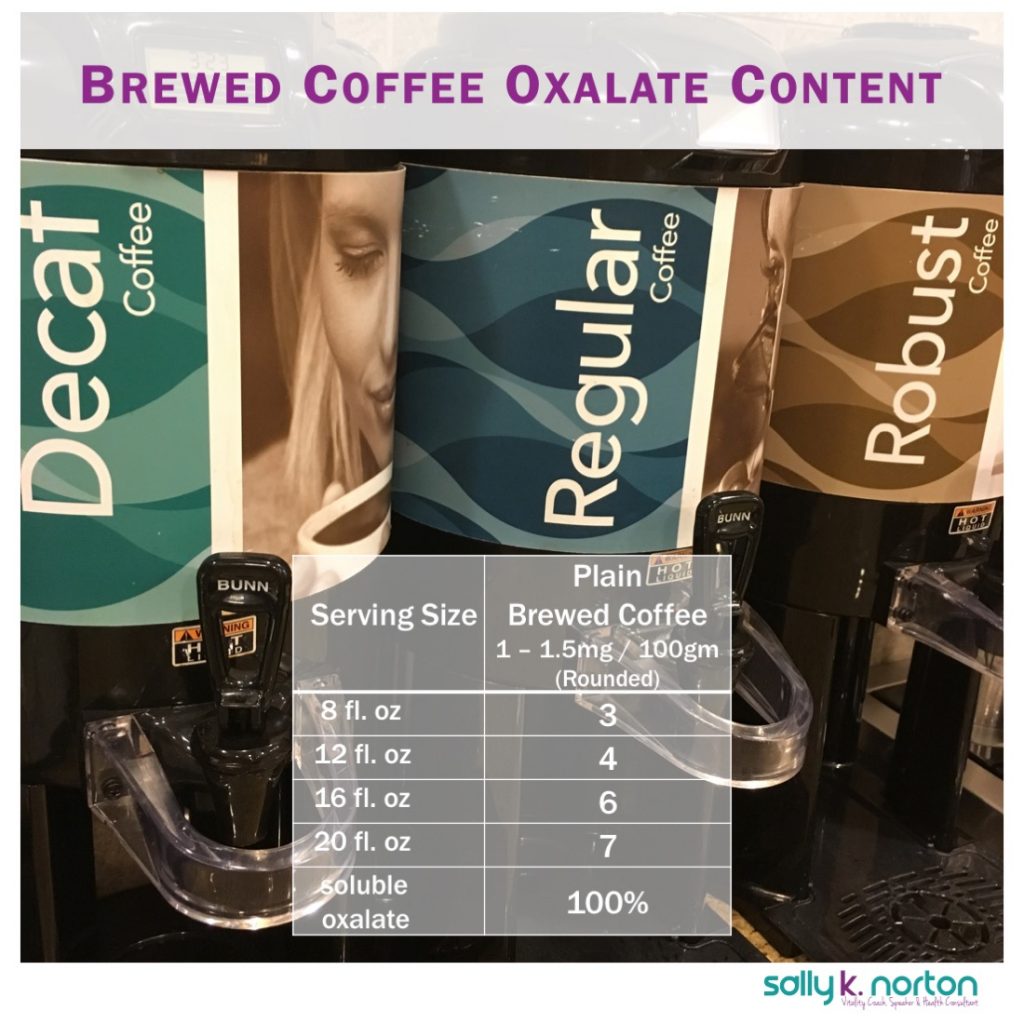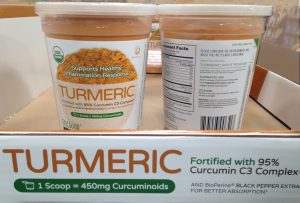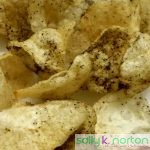
My Instagram, @sknorton, was hacked in March. After 18 days of struggling, doing everything I could to recover my account, I finally got it back.
I’m grateful I could regain control of my account, but it left its scars. And, this episode highlights a much broader and darker trend of Instascams and manipulation running amok online and in social media. The importance and popularity of the health and wellness sphere makes it especially attractive to fraud.
Scams on Instagram Impacting the Wellness World
Now more than ever, hackers are going after thought leaders and their followers with bogus updates, “blue badge” opportunities, phishing emails, giveaways, and collaboration opportunities. These methods are designed to trick people out of money or personal information. And because big tech companies’ customer support is lean, recovering my account became a huge ordeal.
I tried taking this recent experience in stride, thinking “It’s just Instagram.” But the lockout and lack of support stressed my techno-geek husband to the point of sleeplessness and panic. Together we spent weeks going back and forth with Meta trying to verify my identity and reclaim the account.
Twice I had my account back, but within 30 minutes the creepy hackers had it again, taunting me with DMs via WhatsApp and adding posts to my @sknorton account. The hackers changed the language of my account, which should be a red-flag for the Meta bots. All I can say is thank goodness for Google Translate, because I could not convince Meta that I don’t speak Turkish.
The stress and disruption this episode caused was sobering. As scams become more and more common, it will take a grassroots effort to overcome this problem since Instagram can’t seem to get ahead of these fraudsters.
Overcoming Hackers is a Community Effort
However, this whole ordeal has underscored the power of our community and the incredible healing work we’re doing together. I feel immense gratitude for the support I’ve received from many followers and supporters over the last few weeks, including encouraging messages and a rapid influx of followers to my new account, @toxicsuperfoods_oxalate_book.
One thing I’ve taken away from this episode is not to rely too heavily on Instagram to raise oxalate awareness. My email list is the most secure channel for staying in touch and updated on new materials, offerings, and surprise disruptions like the IG account-theft incident. Please sign up now to make sure you never miss an update from me. That’s the only way I can alert you should a scammer ever steal one of my accounts again.
I also encourage you to download some of the resources in my shop, listen to my previous podcasts or interviews, and follow my YouTube channel.
Thank You for Your Support
Even though this situation is disheartening and creates extra work and need for vigilance, the strength of our community is what defeats these scammers. I’m grateful to all of you who have been reaching out to offer your well wishes. And I want to salute my sweetie for his technical prowess and deep commitment to supporting this work.

